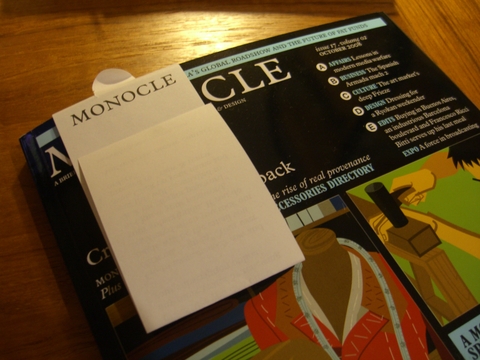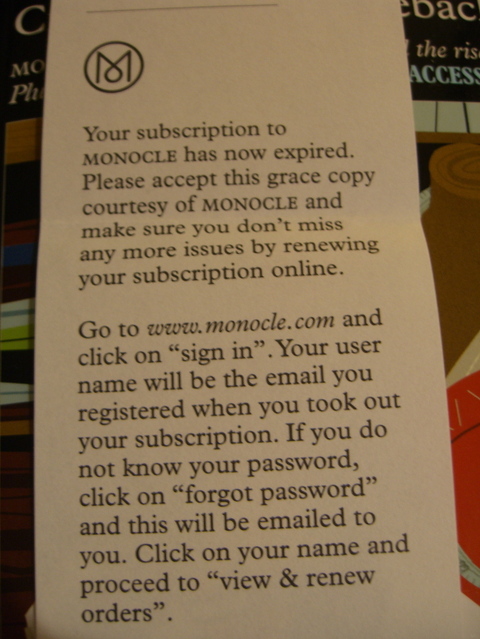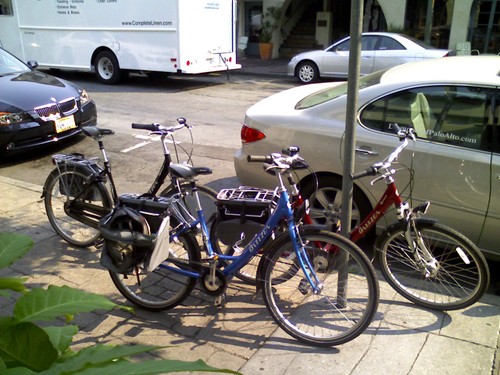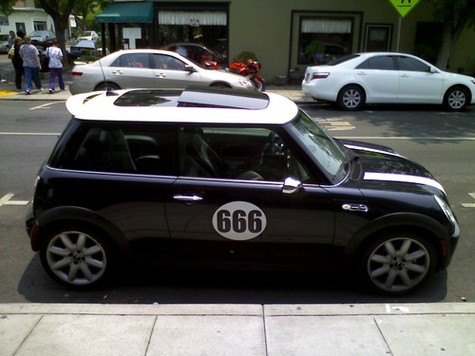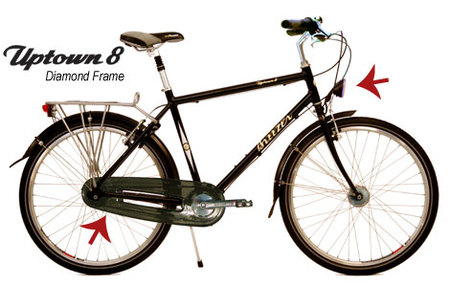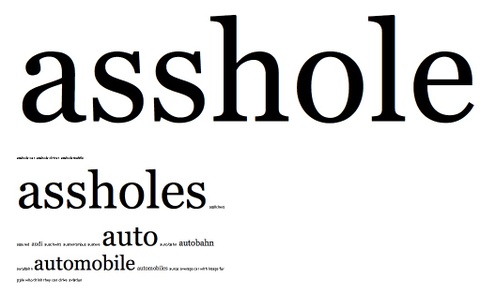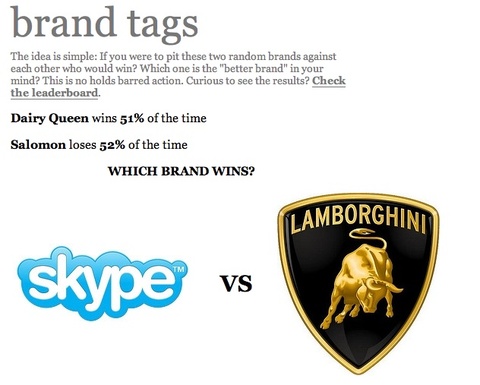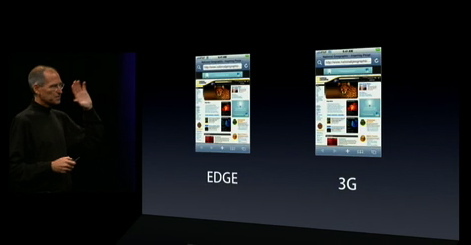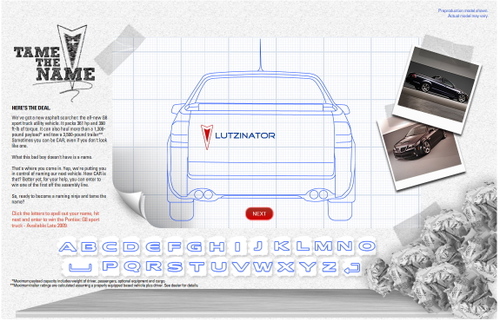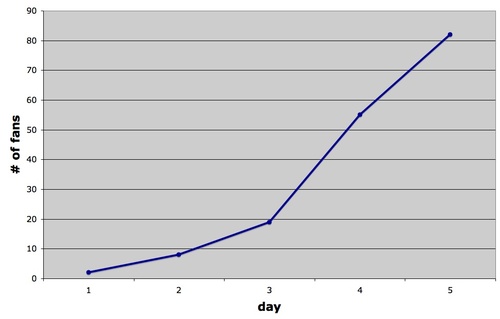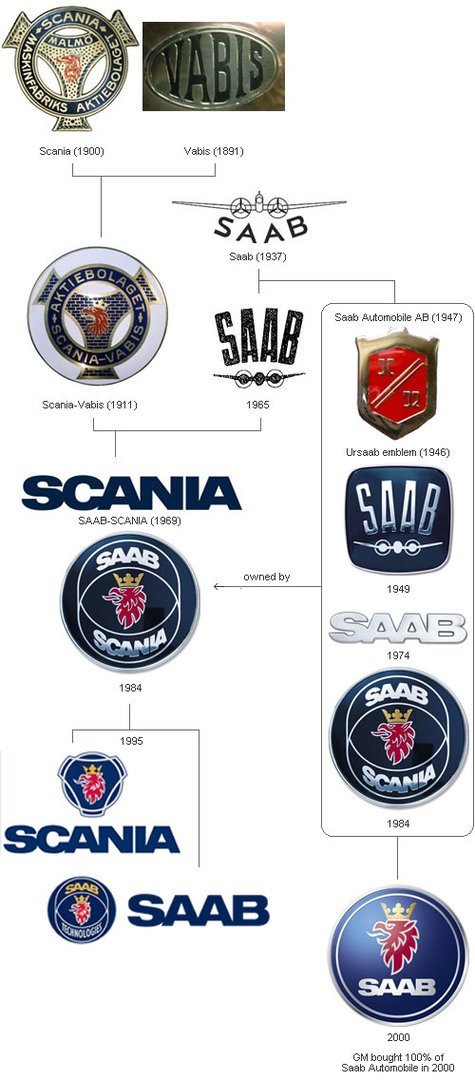During the formative years of the Stanford d.school, I taught a class with Bob Sutton and some other colleagues called Creating Infectious Action. The class revolved around a basic question: could ideas be designed to spread?
The answer, delivered by successive student design teams working to spread ideas as diverse as downloading Firefox to creating a pedestrian-only zone in Palo Alto, was an unqualified yes. Yes, you can design ideas to spread, so long as you pay attention to something roughly approxmating these three key principles:
- create something remarkable - an idea, product, or service
- weave sticky stories around the offering
- identify communities receptive to points 1 & 2, then light some small fires, and then spend time pouring gas on those fires
This week, Bob has created some hugely infectious action around the pathetic treatment by United Airlines of the daughter of our mutual friend and colleague Perry Klebahn. You can read about it here.
I just did a Google News search on the topic, and over 160 news items have been written about this sad episode. All of this from a blog post. And there's more to come, for sure.
United's woeful performance is remarkable in a negative way that hits principle one above: a girl, stranded by an airline, kept from getting in touch with her parents, meanwhile surrounded by supposedly responsible adults who can only take action when they go off duty from their job at United. And Bob has written some very sticky stories around this, all backed up by the authority which comes from an extremely well-regarded, tenured Stanford professor. And to the third principle above, it's easy to dismiss this as some thing which just happens naturally on the web, but Bob has put a lot of hard work over the years into building an online audience for his blog. It's an audience highly engaged with the hard issues of organizations and culture, primed and ready to spread an idea like this -- which reflects the very worst aspects of bureaucratic, disconnected, corporate cultures.
As a formerly loyal United customer who now goes out of my way to fly on JetBlue and Virgin America, I really hope that this sad story is a tipping point for United's management and culture, and gets converted into concrete, positive action. It's rippling across the web, and it's going to be around for a long time, because it's designed to be infectious.
